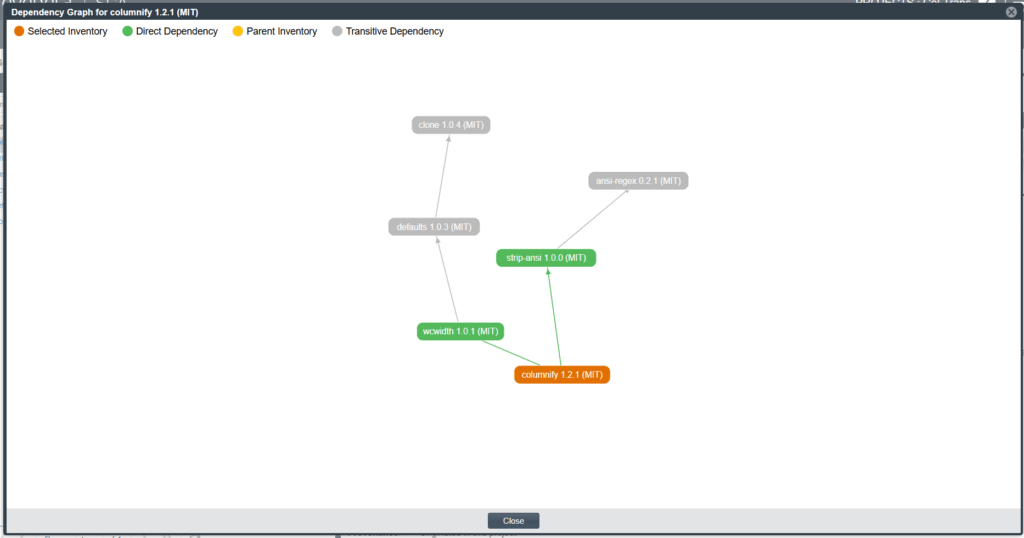As someone who works in Open Source Security, I’ve spent countless hours staring at flat SBOM tables wondering why a package showed up or who dragged in a hidden vulnerability. When Revenera recently rolled out Dependency Hierarchy, that nagging uncertainty vanished.
Why Flat SBOMs Fall Short
A traditional SBOM tells you what lives in your software, but never why it’s there. You’re left guessing:
- Did my team explicitly add this library, or was it pulled in transitively?
- Is it a core runtime component or just a dev-time helper?
- What hidden licenses or vulnerabilities came along for the ride?
Without context, developers patch the wrong things, and OSS analysts chase every alert, making both teams feel like they’re shooting in the dark.
How Dependency Hierarchy Helps
Imagine your SBOM as a family tree instead of a shopping list. Dependency Hierarchy shows:
- Who brought it: The top-level package responsible for that node
- What it delivered: Every transitive library and license it introduced
- How deep it goes: Its usage path and ripple effects across your app
That context transforms your SBOM into a living map, letting you zoom in on critical paths and avoid surprises on release day.
Benefits for Dev Teams and OSS Analysts
With a visual dependency tree, developers can prioritize fixes along production-critical paths, anticipate breaking changes before merging pull requests, and swap packages confidently by seeing potential side-effects. At the same time, OSS analysts zero in on high-impact transitive risks, trace license inheritance to catch unexpected obligations, and measure remediation leverage, identifying the single update that collapses entire vulnerability subtrees.
Visual Hierarchies
For additional clarity we paired this data with a visual graph. Simply, click a node to expand its children and watch your dependency map come alive. Within seconds, teams can align on priorities and own their remediation roadmap.
Turning SBOMs into Strategic Assets
Dependency Hierarchy is a new way of looking at your software supply chain. By understanding why each component exists, who brought it, and what it carries, you turn compliance and security from box-checking exercises into proactive, confidence-building practices.
Here is a quick view of how Code Insight visualizes dependency hierarchy.

Ready to see your SBOM in full 3D? Let’s bring your dependency tree to life.




